This study guide provides a comprehensive resource for understanding George Orwell’s Animal Farm. It explores themes, characters, and historical context, offering detailed questions and answers to enhance learning and analysis.
1.1 Purpose of the Study Guide
The purpose of this study guide is to assist students in understanding and analyzing George Orwell’s Animal Farm. It provides a structured approach to exploring the novel’s themes, such as freedom, power, and corruption, while examining the roles of key characters like Napoleon, Snowball, and Boxer. The guide includes chapter-wise questions, detailed explanations, and historical context to deepen comprehension. It also offers practical study tips and resources, enabling students to engage critically with the text and prepare effectively for assessments. By fostering a deeper understanding of the novel’s allegorical significance, the guide supports both academic success and lifelong learning.
1;2 Structure of the Study Guide

This study guide is organized into eight main sections, each focusing on a specific aspect of Animal Farm. It begins with an introduction, followed by chapter-wise study questions and answers. Subsequent sections delve into the novel’s themes, symbolism, and character analysis. Historical context and allegorical connections are explored, providing insight into Orwell’s intentions. The guide also offers practical study tips, recommended resources, and a detailed answer key. This structured approach ensures a comprehensive understanding of the novel, making it an invaluable tool for both students and educators seeking to explore Animal Farm thoroughly.
1;3 Key Features of the Study Guide
This study guide offers a wealth of features designed to enhance learning. It includes comprehensive chapter summaries, critical thinking questions, and detailed answers. Additionally, it provides analysis of major themes, such as freedom, power, and corruption, and explores the symbolism embedded in the text. The guide also features character profiles, historical context linking the novel to the Russian Revolution, and practical study tips. With its structured approach and in-depth insights, this guide is an essential resource for students seeking to master George Orwell’s Animal Farm and prepare for assessments effectively.
Chapter-Wise Study Questions
This section provides questions for each chapter of Animal Farm, designed to analyze plot, themes, and character motivations. Questions are divided by chapter to aid focused study and understanding.
2.1 Questions from Chapter 1
Chapter 1 introduces the setting and main characters of Animal Farm. These questions focus on understanding Old Major’s speech, the animals’ motivations, and the rebellion’s beginnings.
- What message does Old Major convey to the animals in his speech?
- Why do the animals decide to rebel against Mr. Jones?
- What role does the song “Beasts of England” play in inspiring the animals?
- How do the pigs begin to take charge of the planning?
- What are the animals’ initial thoughts about the possibility of rebellion?
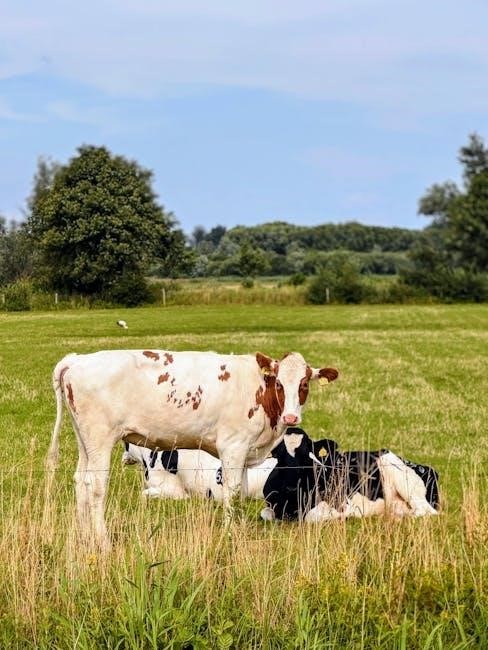
These questions help students analyze the events and themes introduced in the first chapter.
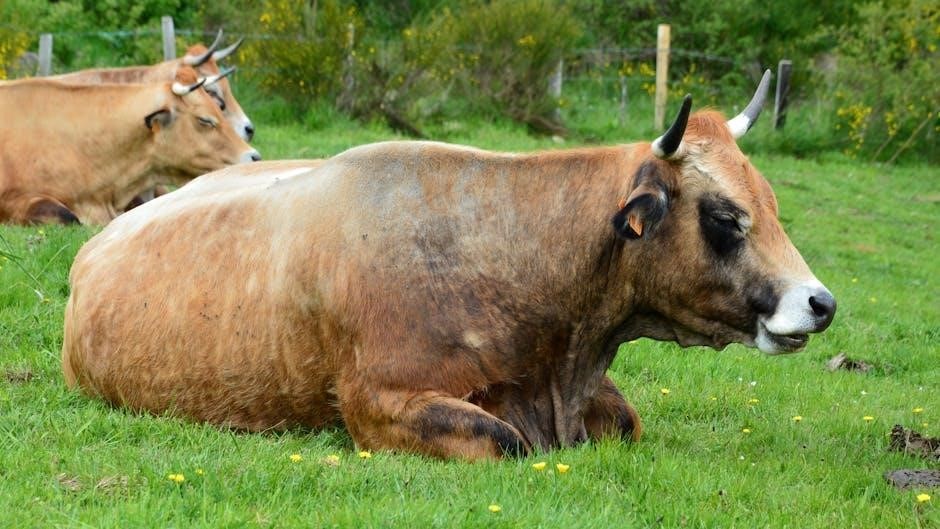
2.2 Questions from Chapter 2
Chapter 2 delves into the animals’ preparations for rebellion and their initial successes. These questions explore the chapter’s key events, themes, and character dynamics.
- How do the pigs begin to organize the animals after Old Major’s death?
- What role does Snowball play in teaching the animals to read?
- Why is the pigs’ leadership met with skepticism by some animals?
- What lesson does the pigs’ organization teach the animals?
- How does the chapter build tension leading up to the rebellion?
These questions help students critically analyze the chapter’s central themes and character motivations.
2.3 Questions from Chapter 3
Chapter 3 explores the animals’ rebellion against Mr. Jones and their initial efforts to establish a new order. These questions focus on key events and themes.
- How do the animals collectively drive Mr. Jones off the farm?
- What are the immediate reactions of the animals after the Rebellion?
- Why is the farm renamed “Animal Farm”?
- What role does Snowball play in organizing the animals?
- How do the animals’ actions reflect their belief in Animalism?
These questions encourage students to analyze the animals’ motivations and the early stages of their newfound freedom.
2.4 Questions from Chapter 4
Chapter 4 delves into the Battle of the Cowshed, highlighting the animals’ defense of their farm. These questions explore their unity and determination.
- What are the key events of the Battle of the Cowshed?
- How does the animals’ defense reflect their commitment to Animalism?
- What roles do individual animals play in the battle?
- How does the outcome impact the animals’ morale and unity?
- What does the battle symbolize in the broader story?
These questions help students analyze the animals’ resolve and the significance of their collective effort.
2.5 Questions from Chapter 5
Chapter 5 focuses on the betrayal of Boxer and the animals’ reaction to his fate. These questions examine the moral dilemmas and shifting dynamics within Animal Farm.
- How does Napoleon justify sending Boxer to the knacker?
- What does Boxer’s loyalty signify, and how is it exploited?
- How do the other animals react to Boxer’s fate?
- What does this event reveal about Napoleon’s leadership?
- How does the chapter highlight the corruption of Animalism?
These questions help students analyze the moral decay and the impact of betrayal on the farm’s community.
2.6 Questions from Chapter 6
Chapter 6 explores the collapse of the rebellion and Napoleon’s consolidation of power. Questions focus on the moral and political implications of the pigs’ actions.
- How does Napoleon manipulate the animals’ memory of Boxer?
- What role does propaganda play in maintaining Napoleon’s control?
- How do the pigs justify their increasing privileges?
- What does the alteration of the Seven Commandments reveal?
- How do the animals react to the pigs’ actions?
These questions help analyze the corruption of power and the decline of Animalism’s original ideals.
2.7 Questions from Chapter 7
Chapter 7 delves into the deepening corruption and manipulation by Napoleon. Questions examine the animals’ reactions and the moral implications of Napoleon’s rule.
- How does Napoleon exploit the animals’ fear of returning to Jones’ rule?
- What role does Squealer play in justifying Napoleon’s actions?
- How do the pigs’ living conditions compare to the other animals?
- What does the selling of Boxer’s body represent?
- How do the animals justify their acceptance of Napoleon’s leadership?
These questions explore the themes of power, manipulation, and the erosion of Animalism’s ideals.
2.8 Questions from Chapter 8
Chapter 8 highlights Napoleon’s manipulation and the pigs’ descent into corruption. Questions focus on the consequences of power and the animals’ reactions to these changes.
- Why does Napoleon decide to trade with Frederick, and what are the implications?
- How does the alteration of the Seven Commandments reflect the pigs’ corruption?
- What does the pigs walking on two legs symbolize?
- How do the animals react to these changes, and why?
- What does the final scene suggest about the future of Animal Farm?
These questions explore themes of betrayal, corruption, and the loss of revolutionary ideals.
2.9 Questions from Chapter 9
Chapter 9 of Animal Farm explores the final stages of the pigs’ corruption and the animals’ acceptance of their fate. Questions analyze Napoleon’s leadership, the collapse of ideals, and the emotional toll on the animals.
- How does Napoleon justify the pigs’ luxurious lifestyle to the other animals?
- What symbolic significance does the pigs’ ability to walk on two legs hold?
- How do the animals react to the pigs’ betrayal of the original principles?
- What does the alteration of the Seven Commandments reveal about the pigs’ intentions?
- How does the novel conclude, and what message does it leave the reader with?
These questions encourage reflection on the themes of betrayal, power, and the loss of revolutionary ideals.
2.10 Questions from Chapter 10
Chapter 10 concludes the novella, highlighting the pigs’ complete corruption and the animals’ tragic realization. Questions focus on the pigs’ actions, the animals’ reactions, and the novel’s final message.
- What does the pigs’ decision to trade with neighboring farms reveal about their priorities?
- Why do the animals fail to recognize the pigs’ corruption despite clear evidence?
- How does the ending symbolize the collapse of the revolutionary ideals?
- What does the pigs’ alteration of the Seven Commandments signify?
- What message does Orwell convey about power and corruption through the novel’s conclusion?
These questions prompt readers to reflect on the themes of betrayal, manipulation, and the cyclical nature of oppression.
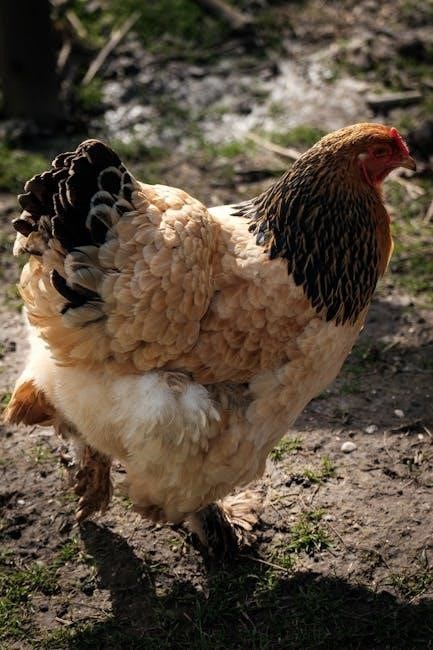
Themes and Symbolism in Animal Farm
The novella explores themes of freedom, equality, power, and corruption. Symbolism is used to represent historical events and political ideologies, enriching the story’s deeper meaning.
- Freedom and Equality: The animals’ struggle for fairness and justice.
- Power and Corruption: The pigs’ abuse of authority and manipulation.
- Education and Knowledge: The pigs’ control of information to maintain power.
- Symbols like the barn and flags represent unity and lost ideals.
Orwell’s use of symbolism and themes creates a powerful allegory of human history and societal issues.
3.1 Theme of Freedom and Equality
The theme of freedom and equality is central to Animal Farm, as the animals rebel against oppression, seeking a fair society. Old Major’s speech inspires unity, advocating for a world where animals are free from exploitation. The Seven Commandments, particularly “All Animals are Equal,” symbolize their aspirations for justice. However, the pigs’ manipulation of these principles demonstrates how power corrupts ideals. Over time, equality fades, and the pigs justify their dominance, highlighting the tension between liberation and control. This theme reflects real-world struggles for fairness and the challenges of maintaining equality in the face of self-interest and corruption.
3.2 Theme of Power and Corruption
The corrupting influence of power is a dominant theme in Animal Farm. Initially, the pigs seek to create an equal society, but as they gain control, they exploit their position for personal gain. Napoleon and Snowball’s struggle for leadership exemplifies how power shifts can lead to manipulation. The pigs gradually alter the Seven Commandments to justify their actions, such as sleeping in beds and trading with neighboring farms. This transformation mirrors historical events, like Stalin’s rise in Russia, showing how power often leads to abuse, undermining the original ideals of freedom and equality that the rebellion sought to achieve.
3.3 Theme of Education and Knowledge
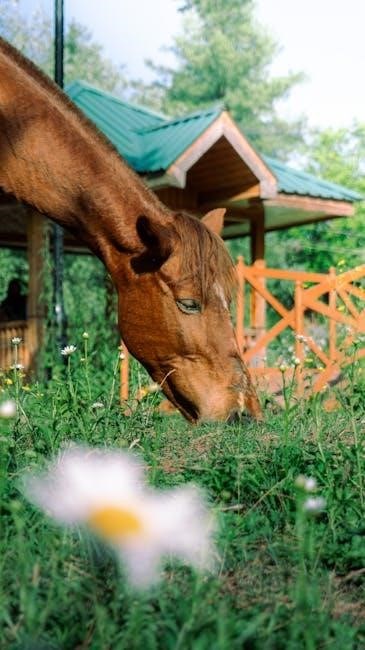
Educational manipulation is central to the pigs’ control in Animal Farm. The pigs, particularly Napoleon and Snowball, use their literacy skills to alter the Seven Commandments and justify their actions; While they teach the other animals to read, the education is selective and biased, ensuring the pigs maintain dominance. Boxer’s dedication to learning exemplifies the animals’ desire for knowledge, but their limited understanding makes them vulnerable to exploitation. Orwell highlights how education can be a tool for manipulation, reinforcing the idea that knowledge is power and its misuse can lead to oppression, mirroring real-world dynamics of control through information.
3.4 Symbolism in Animal Farm
Animal Farm is rich in symbolism, with characters and events representing real-world ideas. The pigs symbolize corrupt leaders, while Boxer embodies the exploited working class. The farm itself represents society, and the barn where Old Major speaks signifies the birthplace of revolutionary ideas. The flag, with its hoof and horn, symbolizes unity but is later distorted. The corruption of the Seven Commandments mirrors how power distorts ideals. Orwell uses these symbols to critique totalitarianism and the betrayal of revolutionary principles, making the novella a powerful allegory for historical events like the Russian Revolution and the rise of Stalinism.
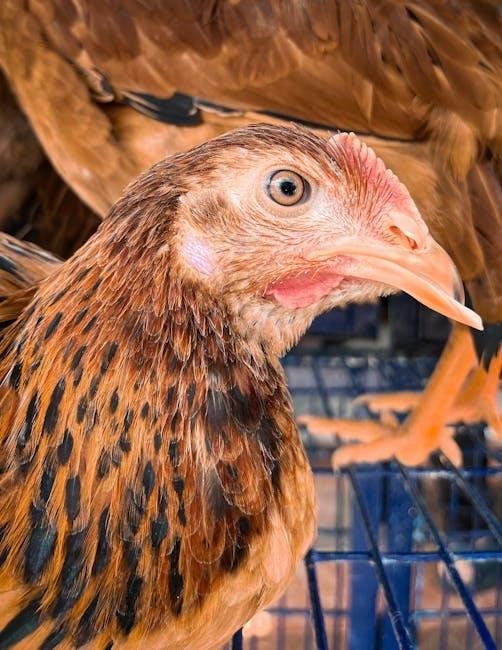
Key Characters and Their Roles
Napoleon, Snowball, and Boxer are central figures, representing leadership, idealism, and dedication; Squealer manipulates information, while Benjamin offers wisdom, highlighting the diverse roles that drive the story’s themes and conflicts.
4.1 Napoleon: The Leader
Napoleon, a cunning and power-hungry pig, emerges as the dominant leader of Animal Farm. He manipulates situations to consolidate power, often betraying others like Snowball. His decisions, such as trading with neighboring farms, spark controversy. Napoleon’s leadership style reflects authoritarianism, prioritizing control over equality. His actions, like altering the Seven Commandments, highlight his corruption. Representing Stalin, Napoleon symbolizes the dangers of unchecked power and the erosion of revolutionary ideals. His rule ultimately transforms Animal Farm into a dictatorship, mirroring the Soviet regime’s decline into oppression. This section explores Napoleon’s rise, tactics, and impact on the farm’s fate.
4.2 Snowball: The Idealist
Snowball, a charismatic and visionary pig, represents the ideals of the Animal Farm rebellion. He advocates for equality and justice, drafting plans like the “Seven Commandments” to guide the animals. His leadership is democratic, encouraging collective decision-making. However, his rivalry with Napoleon leads to his expulsion, symbolizing the suppression of dissent. Snowball’s absence allows Napoleon to consolidate power, blaming him for the farm’s failures. This section examines Snowball’s role as a symbol of lost ideals and the impact of his exile on the farm’s trajectory toward authoritarianism and corruption.
4.3 Boxer: The Hardworking Horse
Boxer, a dedicated and loyal workhorse, embodies the spirit of hard work and commitment to Animal Farm. His strength and perseverance drive the farm’s productivity, earning him the animals’ respect. Boxer’s motto, “I will work harder,” reflects his unwavering dedication. However, his loyalty blinds him to Napoleon’s manipulation, leading to his tragic exploitation. This section explores Boxer’s character, highlighting his role as a symbol of integrity and the consequences of blind faith in leadership, ultimately illustrating the destructive nature of unchecked power and the loss of innocence among the working class.
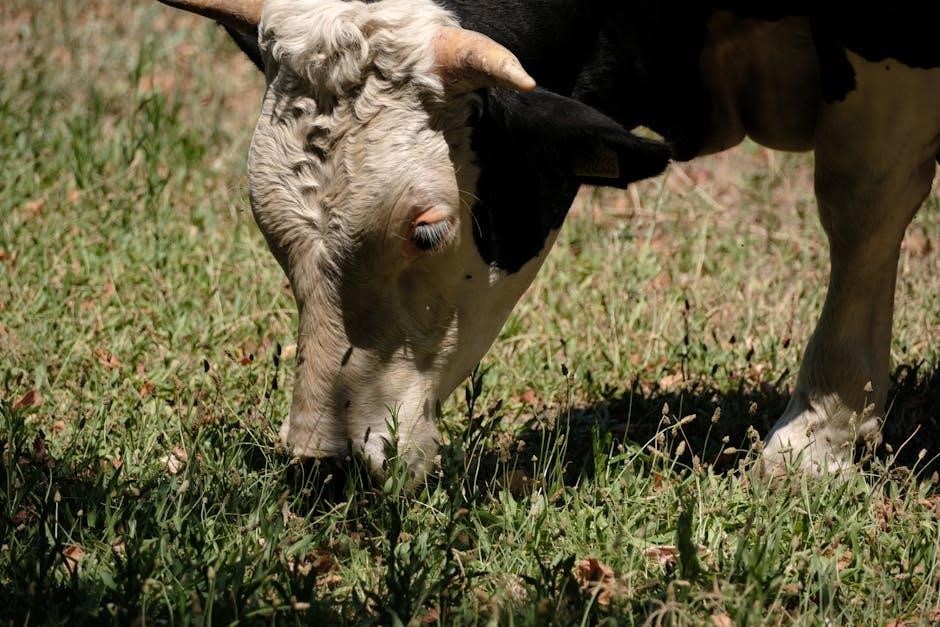
4.4 Squealer: The Propagandist
Squealer, a clever and persuasive pig, serves as Napoleon’s propagandist, manipulating information to justify the regime’s actions. His ability to twist reality ensures the animals remain loyal, even as conditions deteriorate. Squealer’s rationalizations, such as altering the Seven Commandments, highlight his role in controlling the narrative. His silver tongue and strategic lies maintain order, demonstrating how propaganda distorts truth and retains power. This section examines Squealer’s techniques, emphasizing his impact on the farm’s dynamics and illustrating the dangers of manipulative rhetoric in maintaining authoritarian control.
4.5 Benjamin: The Wise Donkey
Benjamin, the donkey, is portrayed as wise and skeptical, observing events on Animal Farm with a critical eye. His refusal to blindly accept the pigs’ propaganda reflects his independence and intellect. Despite his awareness of the farm’s corruption, Benjamin remains detached, avoiding active involvement in political conflicts. His loyalty to Boxer and his quiet resistance to Napoleon’s regime highlight his moral integrity. Benjamin’s character serves as a voice of reason, offering insight into the novella’s themes of manipulation, power, and the complexities of rebellion.
Historical Context and Allegory
Animal Farm mirrors the Russian Revolution and Stalin era, using the farm as a metaphor for the Soviet Union. Orwell critiques power, corruption, and totalitarianism through this lens.
5.1 Connection to the Russian Revolution
George Orwell’s Animal Farm serves as an allegory for the Russian Revolution, with the farm representing the Soviet Union. The rebellion mirrors the 1917 uprising, where animals, led by pigs like Napoleon and Snowball, overthrow Mr. Jones, symbolizing the overthrow of the tsar. Napoleon embodies Stalin, while Snowball represents Trotsky, highlighting the power struggle and ideological conflicts. The pigs’ corruption reflects the rise of Stalinism, and the eventual degradation of the farm symbolizes the failure of the revolution’s ideals. Orwell critiques totalitarianism through this lens, offering a cautionary tale about power and corruption.
5.2 Representation of Stalinism
Animal Farm vividly portrays Stalinism through the character of Napoleon, who symbolizes Joseph Stalin. Napoleon’s consolidation of power, manipulation of truth, and elimination of rivals mirror Stalin’s authoritarian rule. The pigs’ corruption and exploitation of other animals reflect the betrayal of revolutionary ideals under Stalinism. Squealer’s propaganda and rewriting of history echo Stalin’s control over information and manipulation of public perception. The novel critiques the oppressive nature of Stalinist regimes, where fear, propaganda, and violence maintain power, ultimately leading to the erosion of freedom and equality promised by the revolution.
5.3 The Role of Propaganda in History
Propaganda plays a pivotal role in shaping opinions and controlling narratives, as seen in Animal Farm. Squealer’s manipulation of facts and language exemplifies how propaganda distorts reality to maintain power. Historically, totalitarian regimes have used propaganda to justify oppression and consolidate control, much like Napoleon’s regime on the farm. This tactic ensures conformity and suppresses dissent, highlighting the dangers of unchecked power and the importance of critical thinking; The novel underscores the universal relevance of propaganda in manipulating public perception, serving as a cautionary tale about the erosion of truth and freedom.
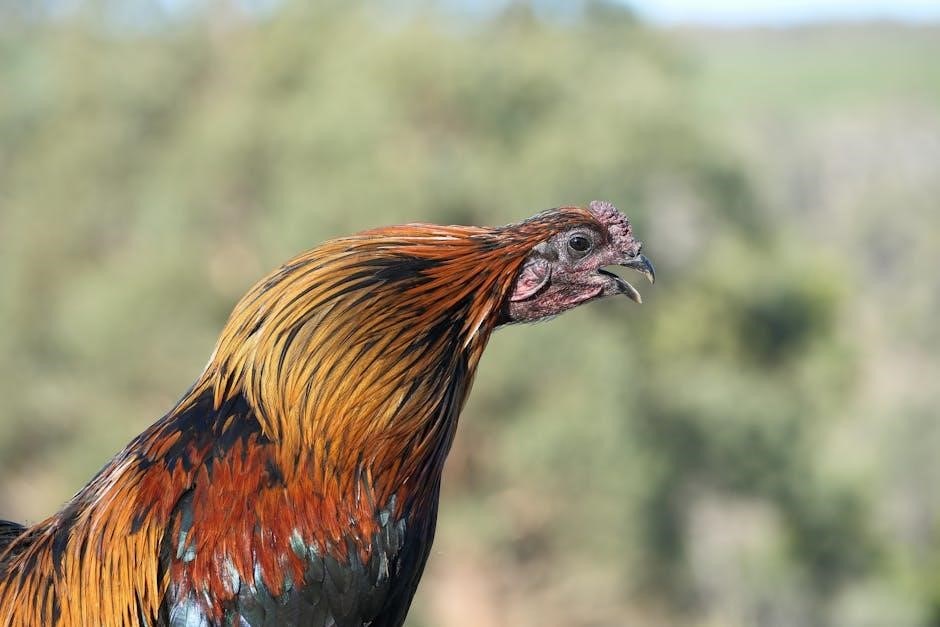
Study Tips and Resources
Enhance your study of Animal Farm with active reading, note-taking, and peer discussions. Utilize online resources, vocabulary lists, and chapter summaries for deeper understanding and retention of key concepts.
6.1 Effective Study Techniques
Mastering Animal Farm requires active reading, note-taking, and regular summarization. Engage with the text by asking questions and identifying themes. Use self-quizzing to test understanding of key events and characters. Create flashcards for vocabulary and concepts. Participate in discussions to explore different interpretations. Regularly review notes and summaries to reinforce learning. Utilize study guides and online resources for additional insights and practice questions. Consistency and active engagement are essential for a deep understanding of the novel’s complex themes and allegorical elements.
6.2 Recommended Study Materials
Enhance your understanding of Animal Farm with a variety of study materials. Download the Animal Farm Study Guide Questions and Answers PDF for chapter-by-chapter analysis. Utilize online resources like SparkNotes, CliffsNotes, and Quizlet for detailed summaries, themes, and character insights. Explore video lectures and study playlists on platforms like YouTube and Khan Academy for visual learning. Supplement your reading with vocabulary lists and historical context guides to deepen comprehension. For interactive learning, try crossword puzzles and quizzes available online. These materials provide a well-rounded approach to mastering Orwell’s allegorical novel effectively.
6.3 Online Resources for Animal Farm
Explore a wealth of online resources to deepen your understanding of Animal Farm. Websites like SparkNotes, CliffsNotes, and LitCharts offer detailed study guides, summaries, and analysis. Download the Animal Farm Study Guide Questions and Answers PDF for chapter-by-chapter insights. YouTube channels such as Crash Course and Khan Academy provide video explanations of themes and symbols. Additionally, Quizlet offers flashcards for vocabulary and concepts. For interactive learning, try online quizzes and crossword puzzles. These resources, along with educational forums, help students engage with Orwell’s allegory and prepare for exams effectively; Utilize search terms like “Animal Farm study guide PDF” to find reliable materials.
Answer Key and Explanations
This section provides detailed answers to all chapter questions, supported by textual evidence. Clear explanations ensure students grasp key themes, symbols, and character motivations effectively.
7.1 Answers to Chapter Questions
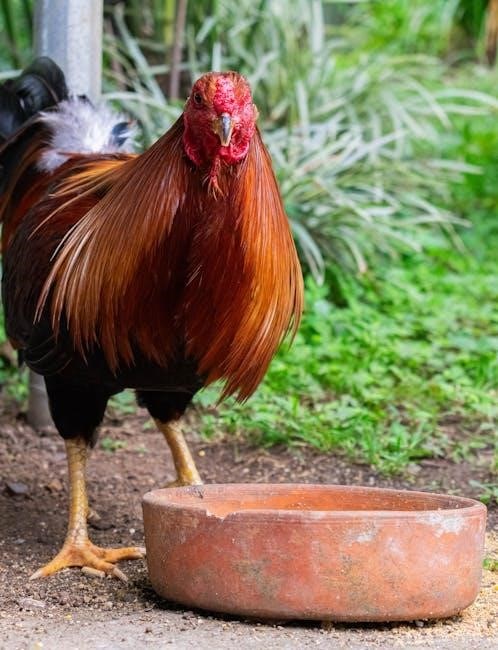
This section offers detailed answers to all chapter questions, ensuring clarity and understanding. Each response is supported by textual evidence from Animal Farm, reinforcing comprehension of key themes, characters, and events. The answers are structured to guide students through critical analysis, helping them grasp Orwell’s allegorical messages. By providing clear explanations, this resource aids in identifying symbolic elements and understanding the novel’s historical context. It serves as a valuable tool for independent study, enabling students to verify their knowledge and prepare for assessments effectively.
7.2 Detailed Explanations
This section provides in-depth analysis of key themes, characters, and events in Animal Farm. It offers insights into how Orwell’s allegory reflects historical events, such as the Russian Revolution. Each explanation connects plot points to broader themes like power, corruption, and equality. Detailed breakdowns of character motivations, such as Napoleon’s rise to power or Boxer’s unwavering dedication, are included. Additionally, the section explores symbolic elements, like the barn and the Seven Commandments, to enhance understanding. These explanations serve as a tool for deeper comprehension, helping students analyze the novel’s complexity and prepare for assessments effectively.
7.3 Common Misconceptions
This section addresses frequent misunderstandings about Animal Farm. Many readers assume the novel is simply a children’s story, but it is a complex allegory of political events. Some mistakenly believe all pigs are equally corrupt, ignoring Snowball’s idealism. Others think the ending implies total pessimism, but it highlights the cyclical nature of power dynamics. Additionally, the animals’ rebellion is often oversimplified, with readers overlooking the internal conflicts and moral dilemmas. Clarifying these misconceptions helps deepen understanding of Orwell’s critique of totalitarianism and the universal themes of power and corruption.
This section summarizes key insights from Animal Farm, reinforcing themes of power dynamics and corruption. It provides final review questions and an assessment to evaluate understanding of the novel.
8.1 Summary of Key Points
This section encapsulates the core themes and lessons from Animal Farm, highlighting the dangers of power corruption and the loss of idealism. It emphasizes the novel’s historical allegory, reflecting the Russian Revolution and Stalinism, while underscoring Orwell’s warnings about totalitarianism. Key characters like Napoleon, Snowball, and Boxer symbolize real-world figures and ideologies, illustrating how power dynamics shape societies. The study guide reinforces these insights, aiding students in analyzing the novel’s deeper meanings and applying its lessons to broader contexts.
8.2 Final Review Questions
How does Orwell use animals to represent historical figures and events in the Russian Revolution?
What role does propaganda play in shaping the animals’ perceptions?
Analyze the theme of power and corruption, focusing on Napoleon’s transformation.
How does the novel portray the consequences of uneducated leadership?
What symbolic meaning does the barn have throughout the story?
Compare and contrast the leadership styles of Napoleon and Snowball.
Discuss the significance of the Seven Commandments and their eventual alteration.
How does Boxer’s fate reflect the exploitation of the working class?
What lessons can be drawn from the animals’ loss of their utopian vision?
How does the novel critique totalitarianism and its impact on society?
These questions ensure a comprehensive understanding of the novel’s themes, characters, and historical context.
8.3 Assessment and Evaluation
Evaluation of understanding can be conducted through quizzes, essays, and class discussions. Assessments should focus on the ability to analyze themes, characters, and historical parallels. Students can complete chapter questions and case studies to demonstrate comprehension.Peer discussions and presentations encourage critical thinking and engagement. A final exam or project can synthesize learning, ensuring mastery of key concepts. Feedback should highlight strengths and areas for improvement, guiding further study and reflection on Orwell’s timeless allegory.
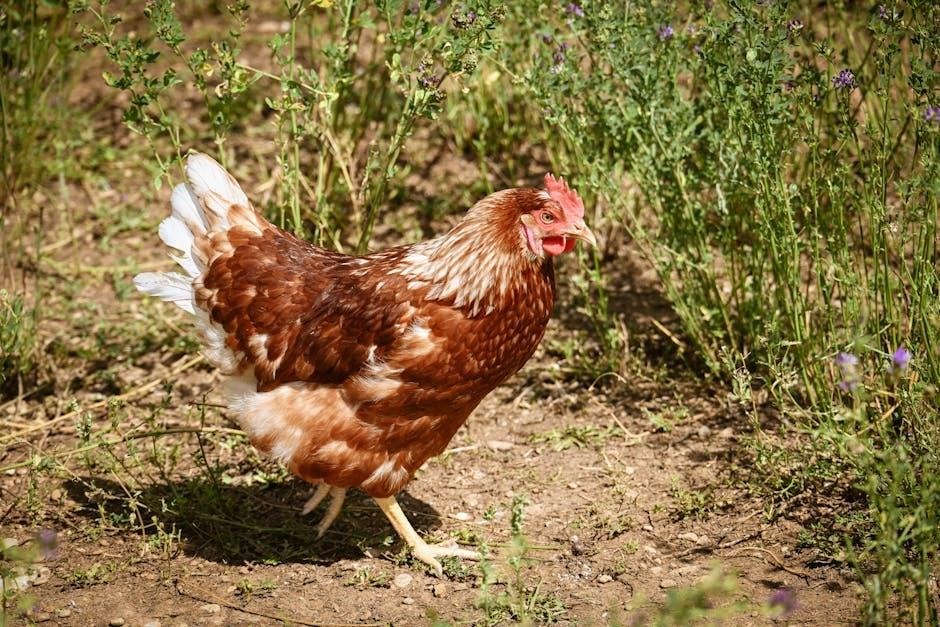
No Responses